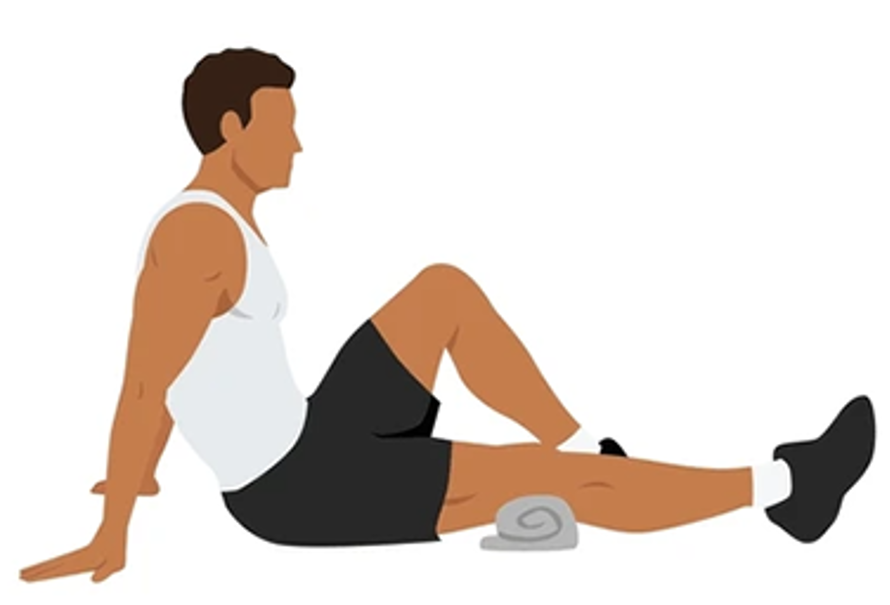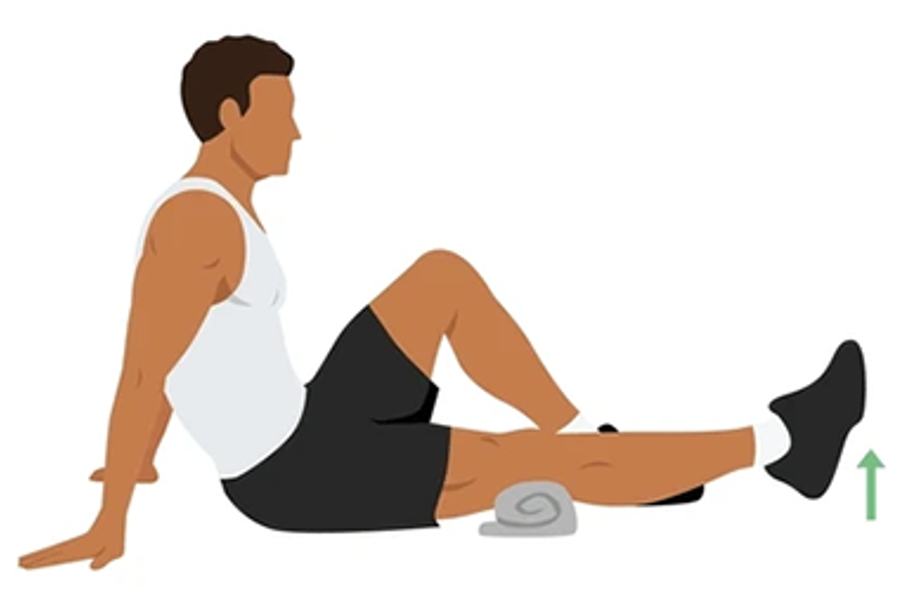Knee Pain
Knee pain is a common complaint among adults. It can have many different causes and present in a number of ways.
The good news is most knee pain responds very well to exercises, which strengthen and stretch the joint. By strengthening these muscles you will not only lessen the pain but also protect the knee from further injury.
It is important to see your GP if:
Your knee pain came on following trauma
You are unable to weight bear through your affected leg
Your knee is hot, red and swollen as this may be a sign of infection
If your knee is swollen and stiff
This text is added directly sdhaoidsha asdohashdfoadsf asduhousahd;oud; AJDIPJSA'DIJS'ADS SDHUIH'ofhd'SAD
DGSIDGASIUDhosidhsoa sadhoisahdsa asdhjioadshoas asd;uohsd
asduuhoasudhousahd
 The knee is one of the largest joints in the body and what is called a hinge joint, which joins the thigh bone (femur) to the shin bones (tibia and fibula) and the kneecap (patella).
The knee is one of the largest joints in the body and what is called a hinge joint, which joins the thigh bone (femur) to the shin bones (tibia and fibula) and the kneecap (patella).
The ends of the bones are covered with a layer of cartilage that absorbs shock and allows the bones to glide easily against one another as they move. Between the tibia and femur bone are two crescent-shaped pads of cartilage that reduce friction and disperse the weight of the body across the joint called the meniscus. The bones are held together by a joint capsule, four key ligaments and two key groups of muscles; your quadriceps and hamstrings.
The knee is one of the largest joints in the body and what is called a hinge joint, which joins the thigh bone (femur) to the shin bones (tibia and fibula) and the kneecap (patella).
The ends of the bones are covered with a layer of cartilage that absorbs shock and allows the bones to glide easily against one another as they move. Between the tibia and femur bone are two crescent-shaped pads of cartilage that reduce friction and disperse the weight of the body across the joint called the meniscus. The bones are held together by a joint capsule, four key ligaments and two key groups of muscles; your quadriceps and hamstrings.
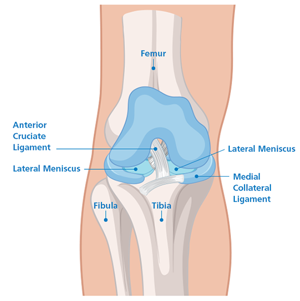

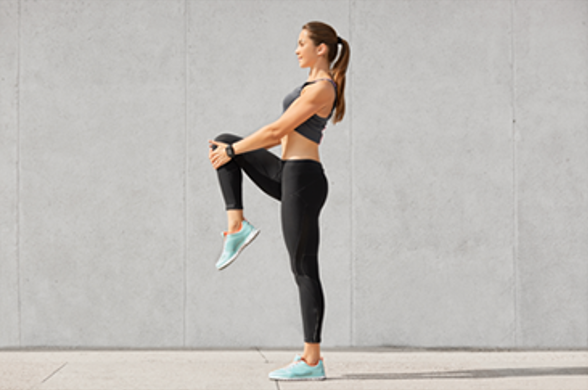
How much pain is too much pain?
Rich text test

Beginner Exercises
Knee bends
Lie on your back with your legs straight, wherever you are most comfortable. Slowly bend your knee by sliding your heel towards your buttocks and return to the starting position.
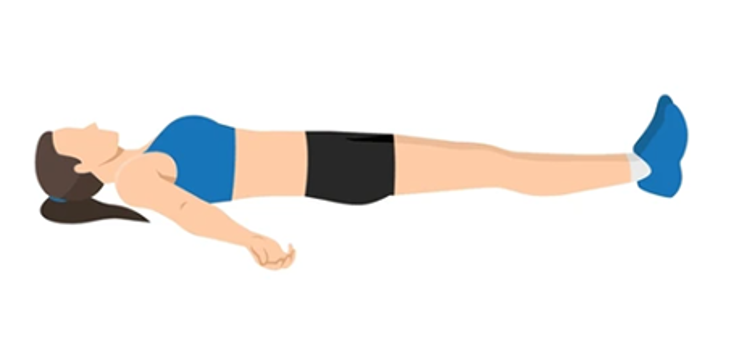
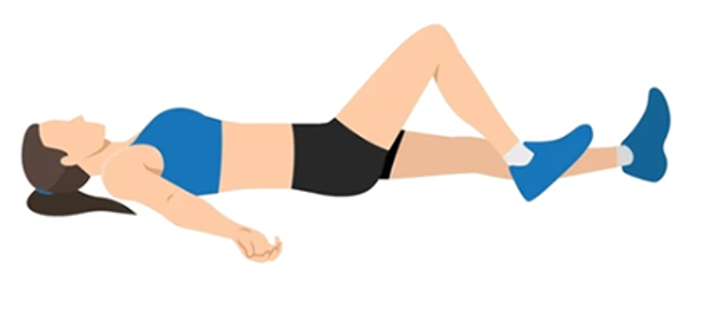
Knee extension
Lie on your back with one leg straight and the other leg straight, wherever you are most comfortable. Place a towel rolled up under the straight knee. Pull your toes up towards your shin and straighten your knee, using the muscles at the front of your thigh, whilst keeping the back of your knee on the towel. Then relax back down.
